Curbside Classics: 1971 Cadillac Coupe DeVille

[The First Curbside Classic]
Rambling along the streets of Eugene, I encounter cars that unleash memories and musings. Today’s nostalgia comes courtesy of the 1971 Cadillac Coupe DeVille.
1971 was a very BIG year for Cadillac, as well as for US workers and me. And in a number of ways, things haven’t been quite the same for any of us since. When this 1971 Coupe DeVille first rolled off the assembly line, it was the biggest ever, a full nineteen feet long and almost seven feet wide. And it remains the high-water mark for American cars. The ’71 Caddy was the quintessential land barge. It floated along serenely and optimistically across America on the still youthful and un-crowded interstate system, its 7.7-liter V8 slurping a gallon of 39-cent gas every 12 blissfully isolated miles.
In 1971, right after I turned eighteen, I left home and hitchhiked west, with thirty-five dollars in my pocket. One of my first rides could have been in this very Coupe DeVille. It was on the Pennsylvania Turnpike, in the western, mountainous part of the state. The driver was a teenage kid, even younger than me. He and his girlfriend had borrowed Dad’s new Caddy for a trip to visit a relative. Dad worked in the steel mills of Pittsburgh.
It was the scariest ride of my trip; the freshly-minted driver was utterly unable to keep the yank tank in its lane on the winding mountainous stretches. In between attacks of anxiety as the Caddy rolled and wallowed, I pondered why his steelworker father drove a brand new DeVille, while my father, a neurologist, drove a stripper 1968 Dodge Dart?
It’s a question that I’ve wrestled with over the years. Once I got over lambasting my father for his cheapness, the bigger picture answer eventually revealed itself; and the current economic crisis has brought it into greater clarity and focus.
By several measures, 1971 also represented a high water economic mark for American workers. Average wages ($34K inflation adjusted) hit a an all-time peak. And things were cheap (prices inflation-adjusted): the median new house: $128K; college tuition: $1900 per year; healthcare: dirt cheap; pensions: rock-solid designated benefit pensions were the norm; and that new big 1971 Caddy? $29K—exactly one half the sticker price of a 2009 STS V8 sedan.
We’ve covered Cadillac’s demographic downward slide before, but along with the house, college, health care, and the size of new Caddies, 1971 marked the peak year of affordability for the average worker. For about a 25% premium over a similarly equipped Chevy Caprice, the “Standard of the World” could be sitting in your driveway. And the emergence of four-year auto loans suddenly made it possible with almost the same monthly payment as a Chevy on the traditional three-year loan. That vaunted Cadillac “premium” was now “almost free,” thanks to the magic of credit.
Of course, the “Standard of the World” wasn’t eponymous anymore. Quality was now at a low water mark (bathtub ring?). Plastic extensively replaced metal on the exterior and interior of the ’71. In fact, the Caddy just wasn’t all that special anymore and had become precariously similar to the Caprice. No wonder profit margins on the ’71 Caddies were outsized too. More than ever, the two were alike, and the markup of the Caddy over the Chevy was almost pure profit.
1945 to 1971 marks America’s “exceptional period,” when income and purchasing power grew relentlessly, and our standard of living (and cars) was the envy of the world. But since 1971, the small gains in average wages ($34K to $40K in 2007, adjusted) have been far outstripped by the costs of housing, college, health care, and new Caddies. America has been hard pressed to keep up the American Dream.
America’s first solution was to get wifey back in the workforce. That helped, for those that were ready, willing and able (and had a wife). But it only went so far. So our nation’s Best and Brightest came up with the grand solution: cheap and readily available credit. From the creation of junk bonds, deregulation of the S&L’s and huge government deficits in the eighties, to subprime mortgages and 84-month car loans in the aughts, America would borrow and deficit spend its way to continued prosperity. Or not.
Cadillac sales peaked in the seventies. Eventually, downsizing, declining quality and reliability, chintzy styling, and rising costs killed the golden goose. Now, the whole American financial system and automobile industry is about as torn and tattered as the vinyl roof on this once proud Coupe DeVille.
I eventually figured out why my father drove a slant-six Dart. And those particular genes have come to full expression in me. My new cars keep getting cheaper. There’s nothing quite like writing a check for the full price of a car to make you appreciate its real cost. And the true cost of credit.

More by Paul Niedermeyer
Latest Car Reviews
Read moreLatest Product Reviews
Read moreRecent Comments
- Redapple2 4 Keys to a Safe, Modern, Prosperous Society1 Cheap Energy2 Meritocracy. The best person gets the job. Regardless.3 Free Speech. Fair and strong press.4 Law and Order. Do a crime. Get punished.One large group is damaging the above 4. The other party holds them as key. You are Iran or Zimbabwe without them.
- Alan Where's Earnest? TX? NM? AR? Must be a new Tesla plant the Earnest plant.
- Alan Change will occur and a sloppy transition to a more environmentally friendly society will occur. There will be plenty of screaming and kicking in the process.I don't know why certain individuals keep on touting that what is put forward will occur. It's all talk and BS, but the transition will occur eventually.This conversation is no different to union demands, does the union always get what they want, or a portion of their demands? Green ideas will be put forward to discuss and debate and an outcome will be had.Hydrogen is the only logical form of renewable energy to power transport in the future. Why? Like oil the materials to manufacture batteries is limited.
- Alan As the established auto manufacturers become better at producing EVs I think Tesla will lay off more workers.In 2019 Tesla held 81% of the US EV market. 2023 it has dwindled to 54% of the US market. If this trend continues Tesla will definitely downsize more.There is one thing that the established auto manufacturers do better than Tesla. That is generate new models. Tesla seems unable to refresh its lineup quick enough against competition. Sort of like why did Sears go broke? Sears was the mail order king, one would think it would of been easier to transition to online sales. Sears couldn't adapt to on line shopping competitively, so Amazon killed it.
- Alan I wonder if China has Great Wall condos?


















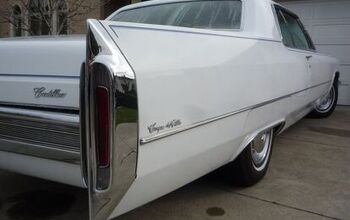

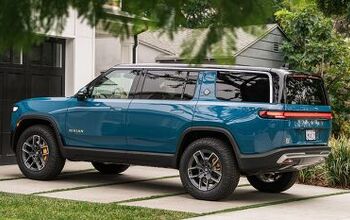
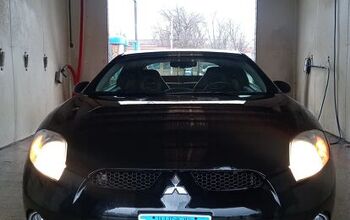
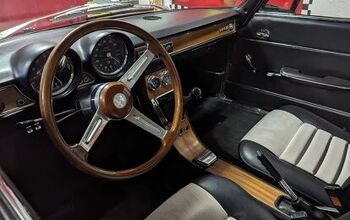

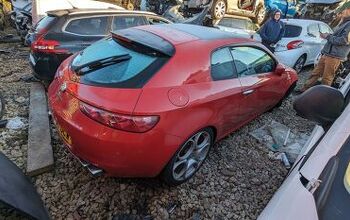
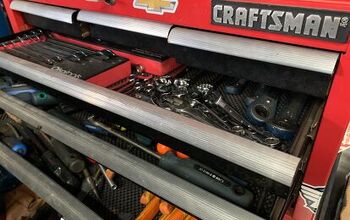


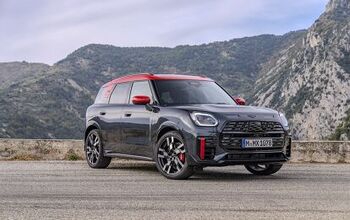
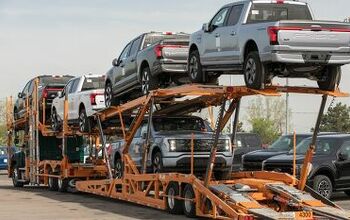


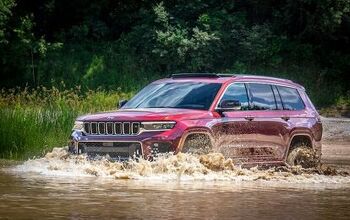

Comments
Join the conversation
it's amazing what having to pay the bills will do to a consumer's choices. when I was in law school, I dreamed of Beemers and Benzs. Actually, the RS4 was my reverie of choice. Bathed in a sea of soft leather, hugged by reassuring seats, listening to the bellow of a V8. Every time I see those drilled and slotted roters, I feel a little tug at my heartstrings. Now, with a wife, kid, mortgage, student loans, credit debt, etc. I don't dream about cars, I dream about Costco. Sad huh? But when I do NEED to purchase something, it will be a couple years used. I think maybe i'll pick up one of those 2010 Mazda 3's in 2012 or 2013.
I really don't care about the environmental movement, the cost of gas or anything else about this car. I had a 71 1/2 Coup Deville with twin glass packs (replaced with Cherry Bombs - Glass packs were outlawed in Cali) and a tow package with air shocks. The thing drove like a boat, didn't require me to hold onto the door jam to get in and out of the drivers seat, could pull stumps like a truck and carry passengers in comfort. The 400 HP stock motor would switch from 8 cylinders to 4 when cruising on the freeway, but had power when needed even though it was an automatic. So my view is; if they made the 71 De'Ville out of lighter materials.. I'd buy one today, then put the same mods (Tow Package, Twin Glass Packs) back in. But then I remember the looks of consternation from teens in Mustangs and Camero's when I took them off the line, and setting off every car alarm in a parking gaurage by tapping the excellerator was a blast. If I hadn't had to relocate I'd still have that great piece of American Enginuity. The 71 Coupe De'Ville was Cadillac's accidental muscle car and deserves to be remembered for it.